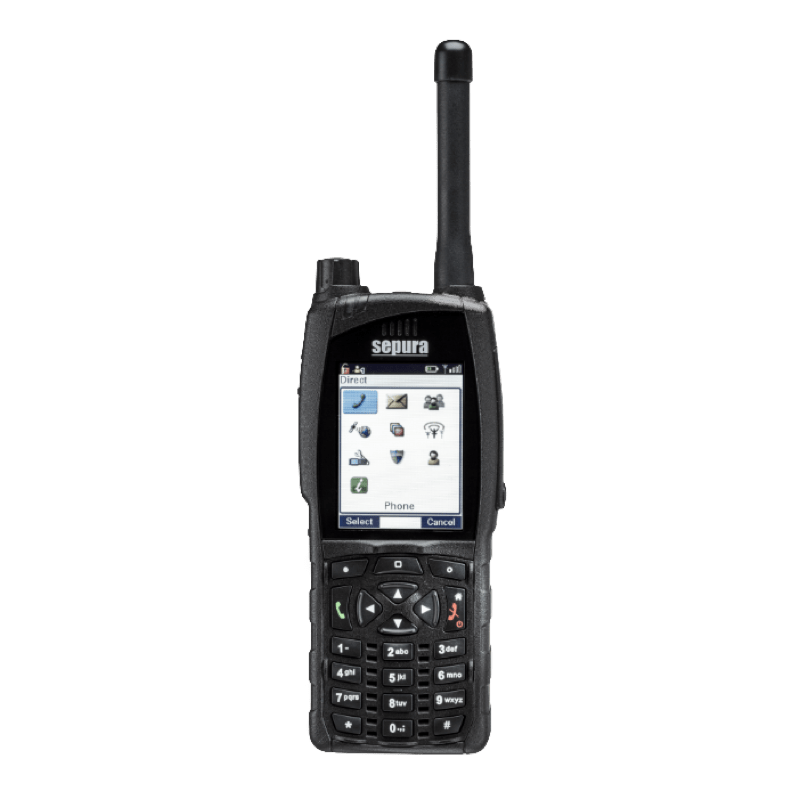Challenge
The Selection Process for a New Radio System
BC Hydro chose to implement an open selection process where most of the existing radio technologies were evaluated: TETRA, P25, DMR, and iDEN, amongst others. The new radio system had to be an open standard with enough efficiency, scalability, and proven record to provide the reliability and flexible mobile communications for their various operation fields.
While voice was the main driver for the radio system, the selection also considered the ability of the different technologies to provide data throughput for potential SCADA-like applications and AVL. The end-user equipment availability was also evaluated in terms of cost and competitiveness, robustness, and accessory portfolio.
BC Hydro selected PowerTrunk infrastructure and SEPURA terminals for a proof of concept to evaluate: spectrum efficiency, coverage, features and functionality, interconnection, dispatcher functionality, and user devices.
BC Hydro released a technology neutral RFP that concluded in 2011 with the award to S.M. Group International of a PowerTrunk TETRA based infrastructure with a mix of PowerTrunk and SEPURA subscribers. BC Hydro became the first TETRA network in North America and has been operational since early 2013.





